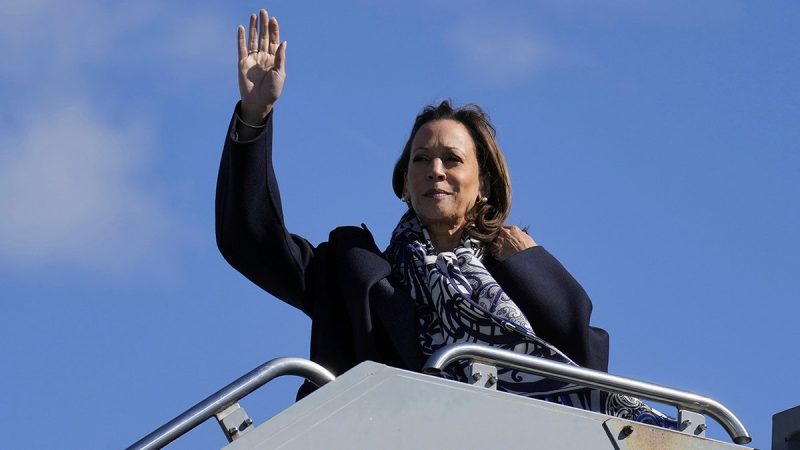
Dreams and Reparations: Breaking Boundaries in Girls’ Sports
Ambitions, hopes, dreams, and aspirations are intrinsic to the human experience, guiding individuals towards their fullest potential and driving them to pursue their goals with dedication and perseverance. In the realm of sports, these aspirations often manifest themselves in young athletes who dream of achieving greatness on the playing field. However, when it comes to boys playing girls’ sports, questions surrounding fairness, equality, and opportunity arise, sparking important conversations about inclusion and diversity in athletics.
The issue of boys competing in girls’ sports has been a topic of debate worldwide, with differing viewpoints on both sides of the argument. Supporters of boys participating in girls’ sports often cite reasons such as breaking down gender barriers, promoting diversity, and providing opportunities for all athletes to showcase their skills. These individuals believe that allowing boys to compete alongside girls can lead to increased camaraderie, better competition, and a more inclusive sporting environment for all.
On the other hand, critics of boys playing girls’ sports raise concerns about the potential advantages boys may have over girls in terms of physical strength, speed, and agility. They argue that allowing boys to compete in girls’ sports may create an uneven playing field and diminish opportunities for female athletes to excel and be recognized for their talents. In addition, critics also highlight the importance of maintaining separate sports categories based on biological sex to ensure fair competition and safeguard the integrity of women’s sports.
When considering the intersection of ambitions, hopes, and dreams in the context of boys playing girls’ sports, it is crucial to address the overarching goal of creating a level playing field where all athletes, regardless of gender, have the chance to pursue their aspirations and succeed on their own merits. By exploring innovative solutions and fostering open dialogue, stakeholders in the sports community can work towards establishing a more equitable and inclusive environment that supports the ambitions of all athletes, while upholding the principles of fairness and integrity in competition.
In addition to the discussion surrounding boys playing girls’ sports, the concept of reparations also plays a significant role in shaping the future of sports and broader societal interactions. Reparations seek to address historical injustices, inequalities, and disparities that have persisted over time, with the aim of rectifying past wrongs and building a more equitable future for all individuals.
In the realm of sports, the notion of reparations can take various forms, such as providing increased opportunities and resources for marginalized athletes, implementing diversity and inclusion initiatives, and acknowledging and addressing systemic issues that have hindered the progress of certain groups within the sporting community. By embracing the principles of reparations and working towards creating a more just and inclusive sports landscape, athletes, coaches, administrators, and fans can help pave the way for a brighter and more equitable future for all individuals involved in sports.
In conclusion, the intersection of ambitions, hopes, dreams, aspirations, boys playing girls’ sports, and reparations underscores the complexities and challenges inherent in the sporting world. By recognizing the diverse experiences and perspectives of athletes, promoting inclusivity, and striving towards greater equality and fairness in sports, individuals can work together to create a more vibrant, inclusive, and transformative sports culture that empowers all athletes to pursue their dreams and aspirations without limitations.